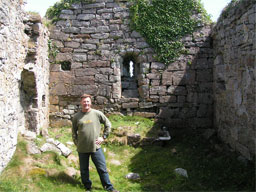THE
REAL ST. PATRICK |
||||||||||||
 |
||||||||||||
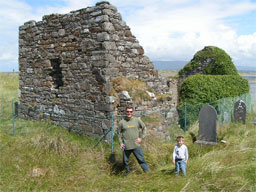 |
St.
Patrick's day is the most popular day of the year for going out and drinking,
even more than New Year's Eve. An odd way to celebrate the life of an
evangelist to be sure. The unfortunate fact is few know the real story
of Ireland's most noted missionary. |
|||||||||||
| Bryan
and Patrick standing in front of the ruins of a church St. Patrick himself built in Sligo, Ireland. |
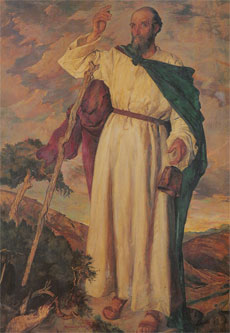 |
|||||||||||
| Shrouded in legend and glorified by sainthood, Ireland's great fifth century missionary is one of the most misrepresented figures in Christian History. Popular opinion notwithstanding, Patrick was neither Roman Catholic nor an Irishman, and his promotion to sainthood happened centuries later. Lost in legend, his true ministry has been obscured almost beyond recognition. Source: Ruth Tucker, Phd. in History, Northern Illinois University, From Jerusalem to Irian Jaya. | ||||||||||||
 |
Patrick
of Ireland |
|||||||||||
| Captured by Barbarians and taken as a slave from England to Ireland, he turned to Christ. After receiving a vision from God, he was able to escape on a seafaring boat. He later returned to the land of his captivity, Ireland, after another powerful vision, were he heard the voice of the Irish calling him to come and preach to them, like Paul's Macedonian Call. | ||||||||||||
| He relied on the power of God to overcome pagan opposition. His ministry and life were earmarked with many power encounters and miracles. Over the course of his life he led over 100,000 people to Christ and established somewhere around 300 churches, in spite of stiff pagan opposition to his efforts. | 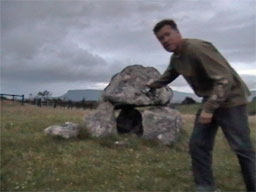 |
|||||||||||
|
|
Carrowmore
pagan stones circa 5000 B.C. |
|||||||||||
| The Celtic Church that he helped to further and establish became for a time became one of the most evangelistic and mission-minded movements in all of Europe. They believed in salvation by faith through grace. Celibacy was not forced or a requirement. Women were a vital part of ministry. The Scriptures were intensely emphasized and studied and often long passages were memorized. Missions were of the highest priority. In fact, they spread the Gospel all over parts of Europe. | ||||||||||||
| Bryan
inside the ruins of a church Patrick himself built in County Sligo, Ireland. |
||||||||||||
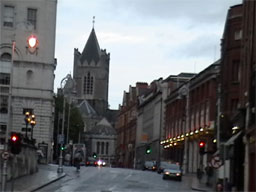 |
||||||||||||
But in what can only be seen as a spiritual tragedy, the Celtic Church was absorbed into the Catholic system centuries later. In a bid for domination of the Isle and to bring the Celtic body under their so called "covering," the Pope conspired with the King of England to hold sway over the Island. In time all potency and power of the Gospel withered away under a system that emphasized penance and rituals rather than a living faith in a living Savior. Today, like the rest of Europe, Ireland slumbers mostly unevangelized and in need of new missionaries to take forth the Word in power once again, while Patrick's memory is reduced to myths, legends and green beer. |
||||||||||||
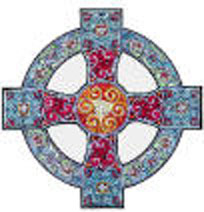 |
In a reflection of one of the constant themes of Scripture and Christian History, it is the independent figure relying solely on God and His power that often makes the most impact. Patrick's and the Celtic body's potency and impact, as pointed out by scholars like A. K Curtis and J.S. Lang, "can be seen in the fact that they developed and operated outside the institutionalized hierarchical church system and Patrick himself evangelized the nation without relying on the established church." Source: The 100 Most Important Events in Christian History. | |||||||||||
| For further and more in depth study on Patrick of Ireland you can check out the following links:
|
Give, and it will be given to you. A good measure,
pressed down, shaken together and running over, will be poured into your
lap. For with the measure you use, it will be measured to you. (Luke 6:38)
|
|||||||||||
